When you go to a shooting range, pack a range bag. Starting around twenty dollars and ranging well over a hundred for serious gun guy gear, these bags can hold everything you need for a safe and enjoyable shooting experience. Here are the basics:
The Bag
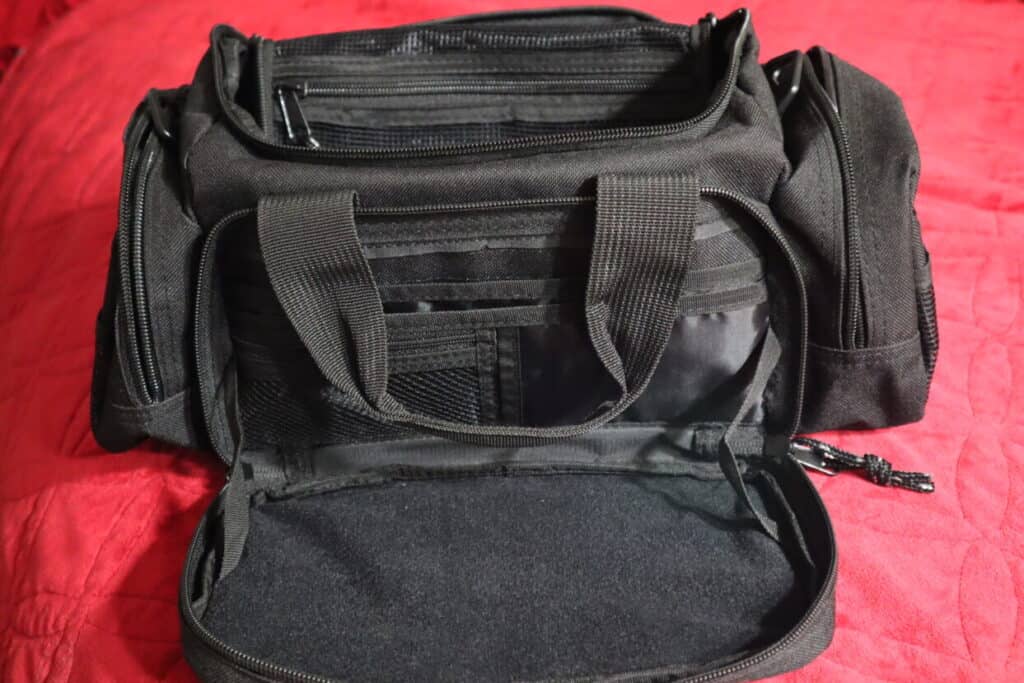
Gun stores and outdoor stores carry bags made just for your shooting needs. They will have a capacious inner section for the big stuff, a holster section for the gun itself, and numerous inner and outer pockets for all the little things that get lost in a big open compartment.

For a less obvious look you can try a heavy duty nylon or canvas duffle bag or briefcase or even a backpack.
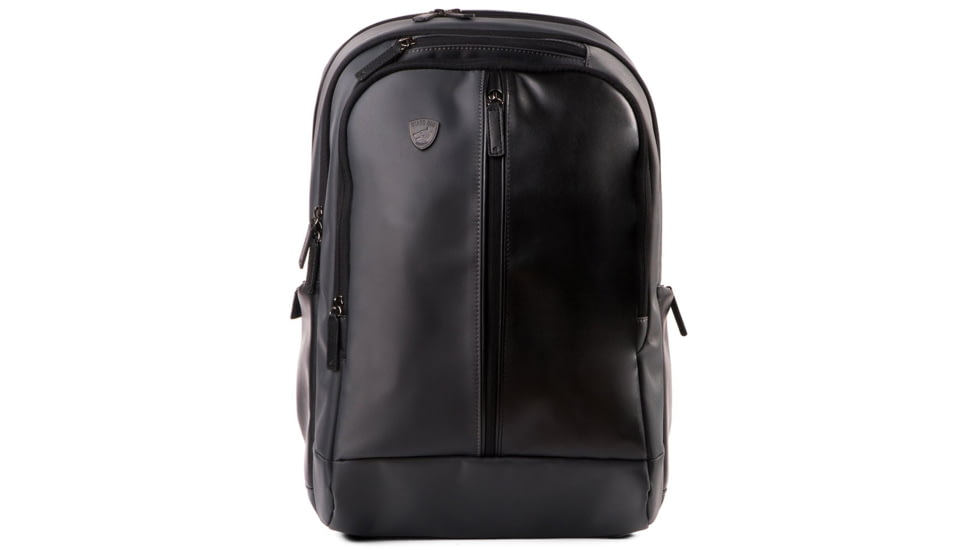
You want something that will lie flat on a bench and open fully for easy access without worrying about tipping it off the table. This is why traditional range bags have one big section surrounded by zippered compartments, all easily accessible from the top.
A deep diaper bag style will not provide stability when you set it down and you won’t want to dig to the bottom for your supplies. Gun ranges typically have a limited space for each shooting booth and you don’t want to have your supplies spilling out all over.
Your Guns
In addition to the one or more you carry on your body, bring the guns you want to practice with that day. Rifles and other long guns will have carrying cases of their own, and you will see some serious shooters heavily laden as they enter the range.
Ammunition
You can buy ammo at the gun range, or you can load up at your local sporting goods store before you go so that you will have all the different loads you want to try that day.
Ammunition comes in all sorts of weights and powder loads within the basic calibers. If you are shooting a .38 Special, for instance, you can choose from hollow point (best for defensive carry), full metal jacket (less expensive for target practice), a high-speed Police roundnose, a higher-pressure load, and on and on.
Beginners should choose hollow point or full metal jacket (ask the salesperson at the store if you have the right load for your weapon). More advanced shooters will enjoy trying different loads just to see what the gun will do.
A First Aid Kit

We all know that accidents happen, and an accident at the gun range will require immediate first aid. Bandages, a tourniquet, a cold pack, allergy cream for an insect bite, iodine to clean a wound, burn gel, gauze, gloves, scissors, and bottled water for an eyewash will round out the basics.
You should be able to buy a good basic first aid kit for around twenty dollars or assemble one yourself. I keep one in my car along with a CPR mask and blankets.
A more specialized first aid kit for shooters could set you back a hundred dollars or more but will have better supplies. You can get a first aid kit that can be attached to your belt.
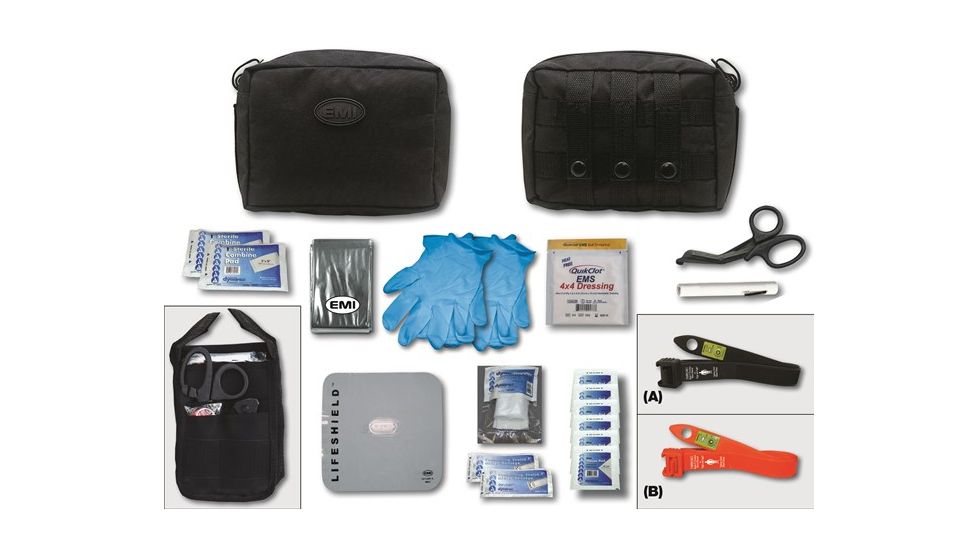
We paid $110 for a kit that includes compressed gauze, titanium shears, a tourniquet, a clotting pack, a triangular bandage, a six inch hemorrhage control bandage, a pair of gloves, a twenty four inch splint, and a chest sealing bandage.
Cleaning supplies
Shooting your gun causes powder to explode, propelling the bullet out of the gun. This leaves a residue inside the barrel, and a buildup of gunpowder residue will eventually impede the internal workings of the gun.
Keep a cleaning kit with solvent, lubricant, cleaning patches, bore brush, cleaning rod, gun cleaning brush, flashlight, cotton swabs, and a cloth. You can assemble one yourself or pick up a ready made kit for around fifteen to fifty dollars.
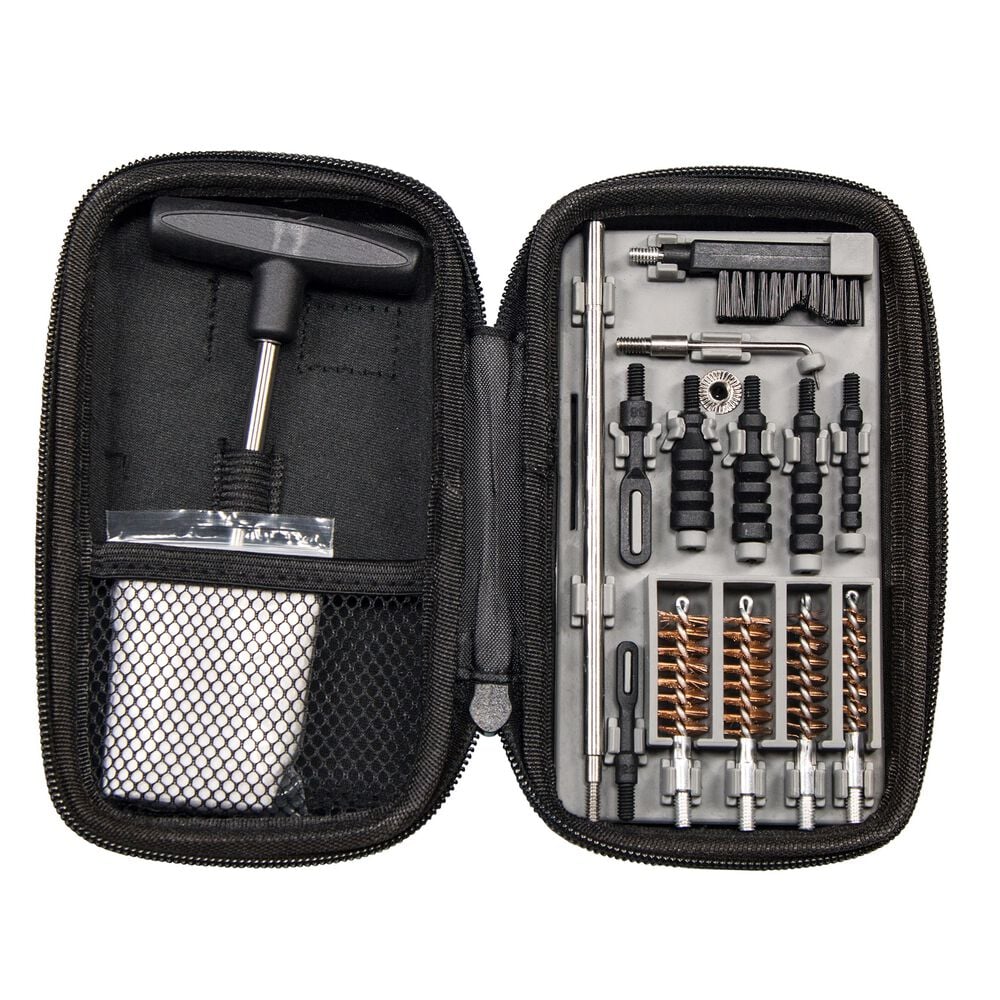
Washing your hands after you shoot is important because of the lead residue from spent ammunition. Hand sanitizer is not for visibly soiled hands but may be useful until you get back indoors to wash your hands with soap and water.
Your phone
At some point you may want to call for help, so bring your phone with you. You might not hear it ring with your ear protection on, but my husband actually links his phone to his ear protection with Bluetooth so he can answer calls between rounds.
Ear Protection
Shooting with unprotected ears will damage your hearing.
You can spend a couple of dollars on disposable ear plugs
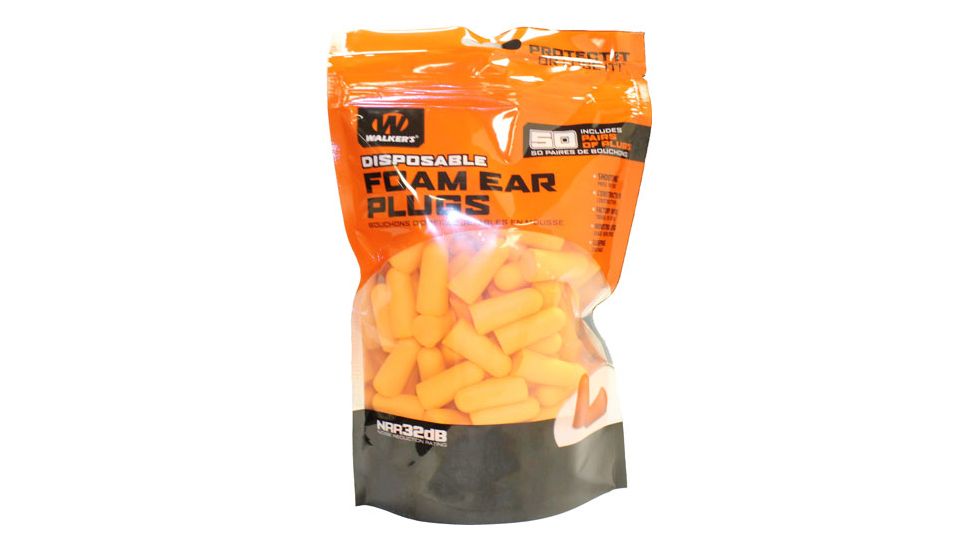
twenty and up on ear muffs that deaden sound

and eighty dollars up to several hundred if you want the fancy ear protection that will deaden the sound at the moment of the shot, amplify the sound when no one is shooting, and hook up your phone.
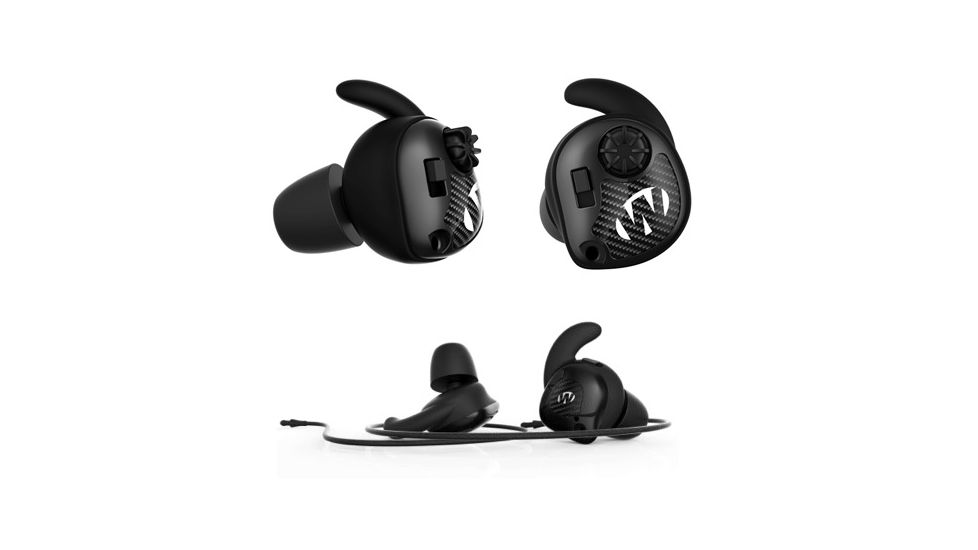
If you enjoy buying things, gun gear is going to be lots of fun for you.
Eye Protection
You need to protect your eyes from flying casings and shrapnel. A basic pair of glasses will do this,
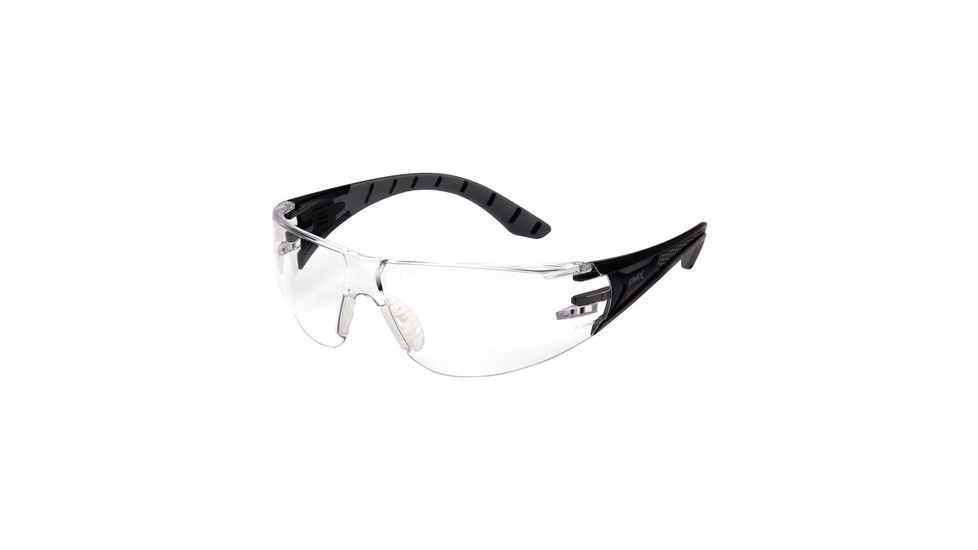
or you can spend serious money on a pair of specialty shooting goggles.
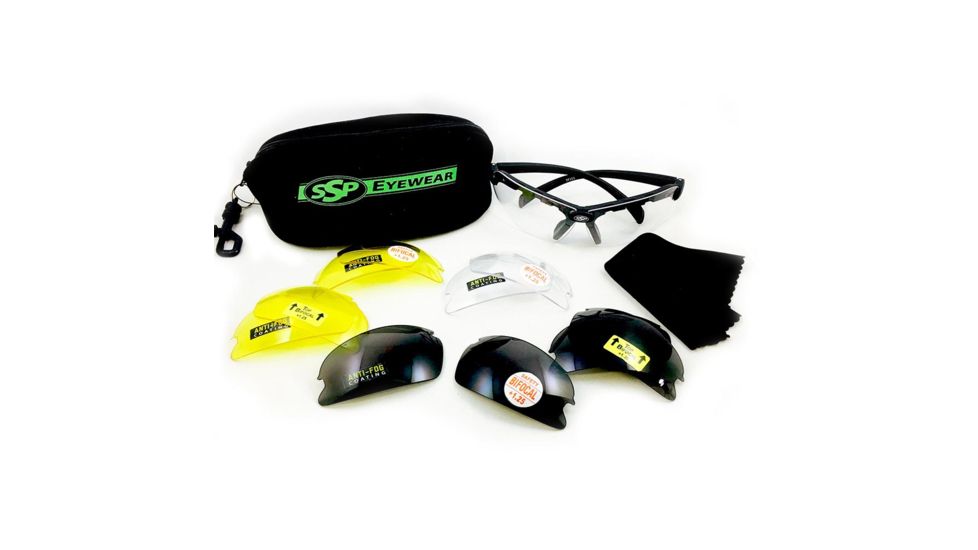
Gloves
You can use shooting gloves to get a better grip on your gun, or to practice cold weather shooting, or just to keep your hands warm in the winter.
Speed Loaders
Unless you enjoy loading your magazines by hand, bring your speed loader along to make the process faster and less painful. This one is called the Maglula.

Accessories
Flashlights. laser sights, scopes, and anything else you might want to attach to your gun should come along with you to the range. Bring your chronograph if allowed, to measure the speed of your ammunition. This is especially helpful if you are reloading ammunition.

Batteries
Flashlights, lasers, and chronographs require batteries, so keep them on hand.
Targets
You can buy paper targets at the shooting range or bring your own. You can affix the target with the supplied clips at an indoor range. At an outdoor range you may need a staple gun or clothespin to affix the targets to the stands.

Your Identification
The owner of the gun range will need to verify that you are old enough to shoot and that you don’t have a criminal record that precludes you from shooting a gun. If you carry a concealed weapon, you will also need to carry your permit if you are in a state that requires a permit.
Money
You will need cash or a card to pay for your visit to the range plus any gun rentals or ammunition you may buy.
Shooting practice can be fun and safe. Remember the safety rules, bring your fully packed range bag, and visit the range often.
Once a month will keep you familiar with the workings of your gun and provide a fun outing for you and a gun-toting friend. You can find a gun club in your area if your friends are not yet comfortable with shooting.
When You Can’t Get to the Range
Keeping up your skills requires using the gun as often as possible. Between visits to the range, there are a few things you can do at home. You can unload and triple check your gun, then practice drawing your gun from the holster while looking in the mirror.
Remember, even though you have unloaded it, always point the muzzle in a safe direction. Playing with your gun is not a good idea for children or adults.
Dry firing is another option for home practice if your firearm is centerfire rather than rimfire. Dry-firing with a rimfire gun will mess up the firing pin. Don’t dry fire with older single action revolvers. As with all things gun-related, if you aren’t sure, ask an expert before you try it.
Buy snap caps ( be sure to get the right ones for your gun) to use with your gun for dry-firing practice.
Snap caps have a spring where the primer would be in real ammunition. When the firing pin hits the spring, it creates the same bounce that would occur with real ammunition in order to keep the firing pin in working order
After unloading and triple checking the gun to be VERY sure you don’t have a round anywhere in the chamber or a magazine inserted into the grip, you can practice aiming and squeezing the trigger. The only sound will be a click.
NEVER point the gun at a person or pet. You need to keep a psychological barrier up so that you will never find it permissible to point at another person other than in self defense because what you practice in your free time is what you will do in a crisis.


